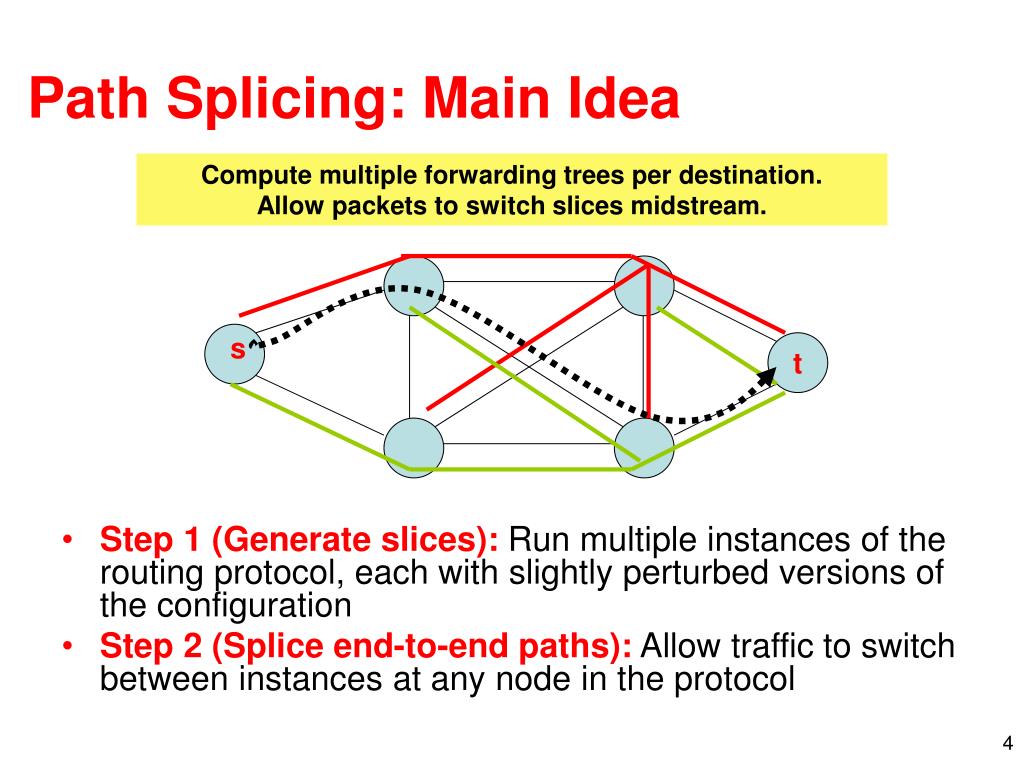
Osiris on the other hand says that these are merely words and should not be considered as any cause for alarm.
Path of the Splicer VI Quest Walkthroughĭuring the events of Path of the Splicer VII, Lakshmi has started to down Zavala’s reign and suggests that the Titan Vanguard take over. Path of the Splicer V Quest Walkthrough. Path of The Splicer IV Quest Walkthrough. Path of The Splicer III Quest Walkthrough. Path of The Splicer II Quest Walkthrough. Path of The Splicer I Quest Walkthrough. You are asked to strike at the Vex to prevent them from interfering with his search, disrupting their network, and bringing chaos as a distraction. While Quria has been busy, Mithrax has attempted to lock on to her location within the domain but has been unsuccessful due to interference from the Vex. For more information, see about_Providers.Mithrax has determined that Quria is siphoning the City’s energies but is unsure of the reason for her doing so. To list the providersĪvailable in your session, type Get-PSProvider. Split-Path is designed to work with the data exposed by any provider. You can use the Path cmdlets together with several providers. Use them in the way that you would use Dirname, Normpath, Realpath, Join, Use in programs and scripts where you want to display all or part of a path name in a particularįormat. The names in a concise format that all PowerShell providers can interpret. The cmdlets that contain the Path noun (the Path cmdlets) work with path names and return The split location parameters ( Qualifier, Parent, Extension, Leaf, LeafBase,Īnd NoQualifier) are exclusive. When you specify the IsAbsolute parameter, this cmdlet returns a Boolean value. Items, such as a FileInfo or RegistryKey object. It does not return objects that represent the String that describes the location of the items. When you specify the Resolve parameter, it returns a You can pipe a string that contains a path to this cmdlet. Indicates that this cmdlet displays the items that are referenced by the resulting split path Quotation marks to indicate that it is a single token. This command uses a pipeline operator ( |) to send a path to Split-Path. Example 6: Split a path by using the pipeline 'C:\Documents and Settings\User01\My Documents\My Pictures' | Split-PathĬ:\Documents and Settings\User01\My Documents This is a useful way to move to a folder that has a long path name. 
The parentheses direct PowerShell to run the commandįirst. Therefore, you can omit it from the command. The Parent parameter is the default split location parameter. The command in parentheses uses Split-Path to return only the parent of the path stored in theīuilt-in $Profile variable. This command changes your location to the folder that contains the PowerShell profile. PS C:\Documents and Settings\User01\My Documents\WindowsPowerShell>

Example 5: Change location to a specified path PS C:\> Set-Location (Split-Path -Path $profile) Relative to the current folder, which is represented by a dot (. This command determines whether the path is relative or absolute. Example 4: Determines whether a path is absolute Split-Path -Path ".\My Pictures\*.jpg" -IsAbsolute Parameters to specify the split, Split-Path uses the split location default, which is Parent. This command returns only the parent containers of the path. Example 3: Get the parent container Split-Path -Path "C:\WINDOWS\system32\WindowsPowerShell\V1.0\about_*.txt"Ĭ:\WINDOWS\system32\WindowsPowerShell\V1.0 Like all Split-Path commands, this command returns strings. The Resolve parameter tells Split-Path to display the items that the split path references, The last item, also known as the leaf, the command displays only the file names. This command displays the files that are referenced by the split path. Example 2: Display file names Split-Path -Path "C:\Test\Logs\*.log" -Leaf -Resolve This command returns only the qualifier of the path. Examples Example 1: Get the qualifier of a path Split-Path -Path "HKCU:\Software\Microsoft" -Qualifier You can use this cmdlet to get or submit only a selected part of a path. Whether the path is relative or absolute. It can also get items that are referenced by the split path and tell The Split-Path cmdlet returns only the specified part of a path, such as the parent folder, a






 0 kommentar(er)
0 kommentar(er)
